Let me start by saying I am all about training in all forms. As long as the skills you are working are beneficial to your overall goals then we are good to go. What started me thinking was when a civilian student asked me, while in a basic level handgun class, why we didn’t offer aerial marksmanship training, I was actually at a loss for words for a few seconds while trying to figure out if he was serious. Turns out he was.

Is training to do this really within the context of how you live your life?
Apparently he had read all about aerial marksmanship training and wanted to find out where he could get this type of training. You know, “just in case.” I had to ask what he did for a living. Turns out he sells electronics, but, “…thought it would be a good skill to have.” I tried to explain to him that it was highly unlikely that he, or any average citizen would ever need to “bungee up and hang in the door.” Not that it wouldn’t be a really fun thing to do, but was it the best use of his training dollars? Was it in context with his daily life?
I can’t imagine a better way to prepare for training than to place it within the context of your daily life. The time and money we have for professional training is so scarce these days that getting the most out of every round, every minute of range or dry-fire practice time only makes complete sense. Before training, take the time to put it in context. Use visualization techniques to set the tone. Is that target placed in such a manner as to duplicate what you might see at home, the office or your favorite restaurant? Do all of your draw and fire drills start from standing while facing the target? Is this a realistic expectation based on your everyday interactions with potential threats?
Only you can decide what is appropriate for your skills and abilities. Keeping your training within the context of your daily life, within the boundaries of reason, will pay off for you in the long run. Stay focused on what fundamental skills you need to master and set yourself up for success. Sure it is not as sexy as flipping the selector over to full auto, or spider rapelling while engaging multiple targets, but are those things in context with who you are and the life you lead? Stay Safe & Keep Training!
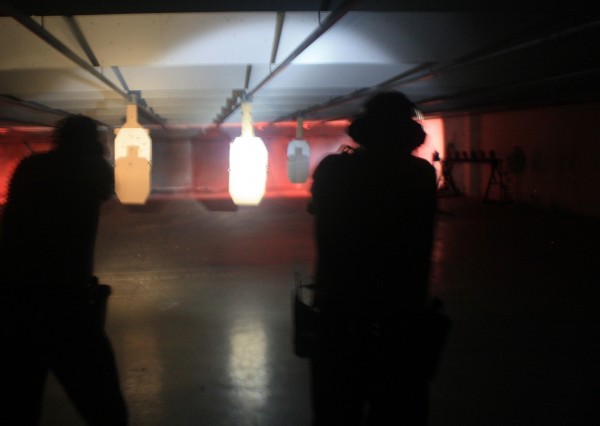



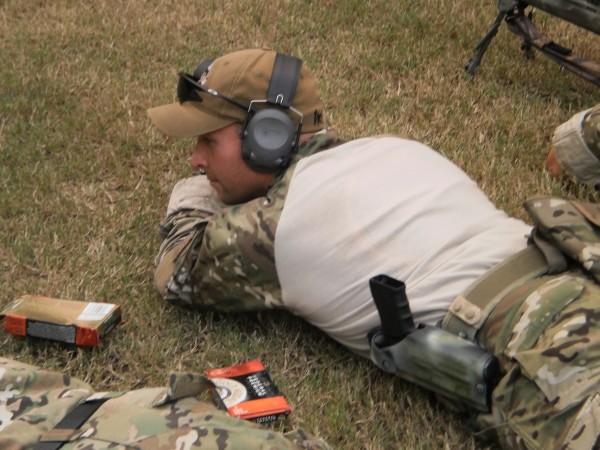
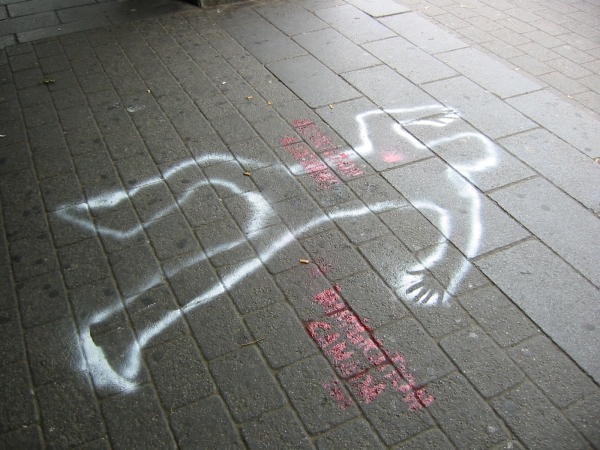
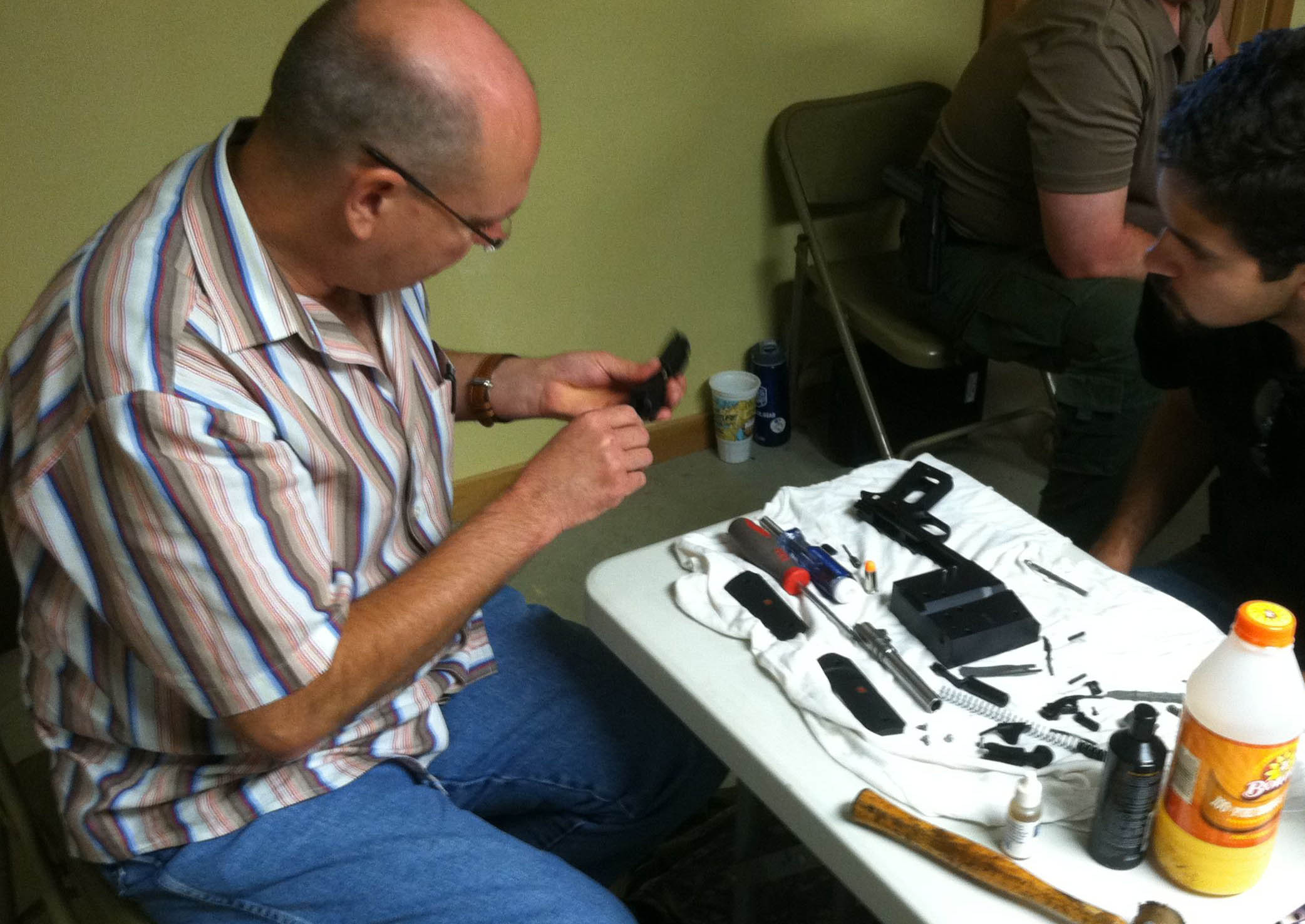
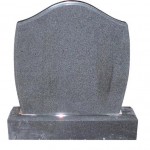

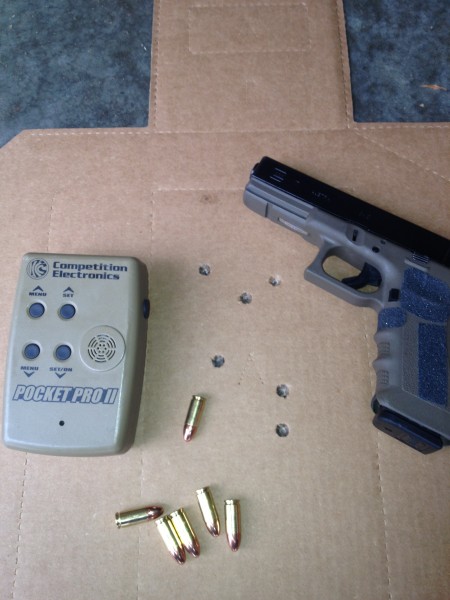

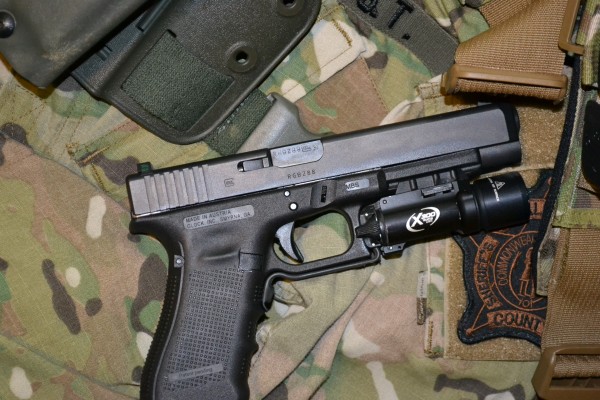


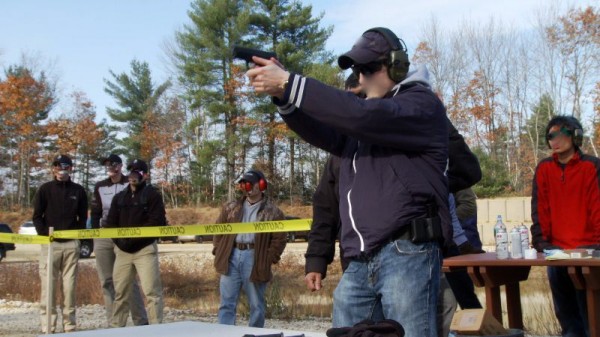

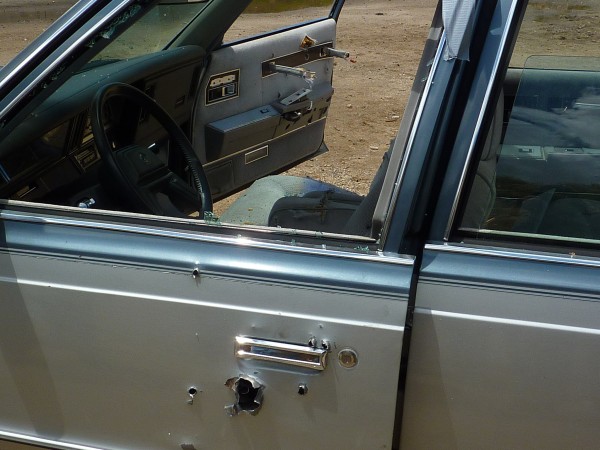
 Knowing how to successfully take down bad guys in cars is an important skill – especially for working street cops and some in the military. Defending against bad guys who want to get into your car is an equally important skill set for everyone – but that is a different class.
Knowing how to successfully take down bad guys in cars is an important skill – especially for working street cops and some in the military. Defending against bad guys who want to get into your car is an equally important skill set for everyone – but that is a different class.